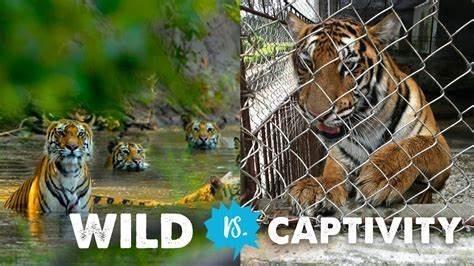
1 minute read
INTRODUCTION
INRODUCTION
Designing a zoo does not mean an exhibition of animals but one that allows visitors to interact with wildlife and nature. It makes the visitor’s experience more memorable and they visit again and again. This can be reflected with diverse sets of design criteria’s, methods, site location, species, types of activities and elements.
Advertisement
‘An animal cannot be isolated, even conceptually, from the particular environment to which it has become adapted during ages of geologic time without a serious misunderstanding of its true nature’. -Mary Akeley [1936]
The growing awareness for nature & wildlife conservation has made zoos a popular institution. Estimates indicate that 10% of the world’s population visit zoos every year. There are about 350 animal collections in India, which are visited by more than 50 million people annually.
As zoos are visited by a large number of visitors, zoos are a potent tool for educating people about the close linkage between protection of natural areas and maintaining the life supporting processes of nature. Well-planned and appropriately designed zoos can sensitize visitors to the dangers of a hostile or indifferent attitude towards nature.
There is little awareness among the general public about the role of Zoos at centres for conservation of wildlife. it is important for all of us to understand that zoo is a place for endangered species in wild, for use as gene pool, to be used for long-term conservation of the species.
Thesis is about not changing the main layout of the circulation but looking at the vacant plots, existing enclosures, and how the enclosures can be made more naturalistic. And the animals which are cramp in the smaller spaces can get more space.
Fig 1 Wild v/s Captivity




